
Cataract Surgery
Our Cataract Surgery Guide covers the basics of surgery, complications from surgery and ways to speed your recovery. Get the info from All About Vision.
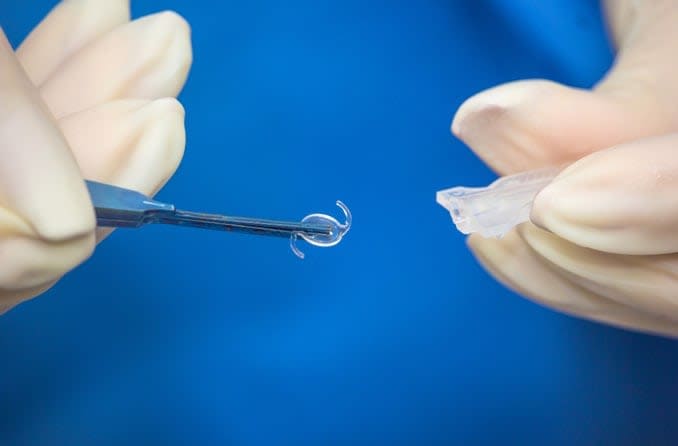
Learn how Crystalens & Trulign Toric are intraocular lenses (IOLs) to correct presbyopia & common refractive errors, enabling an expanded range of clear vision.
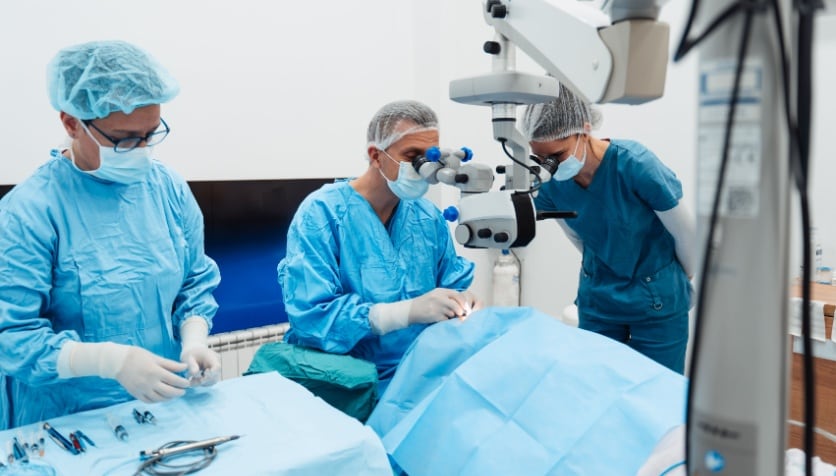
Surgeon Vance Thompson, MD, outlines the pros and cons of same-day cataract surgery on both eyes.
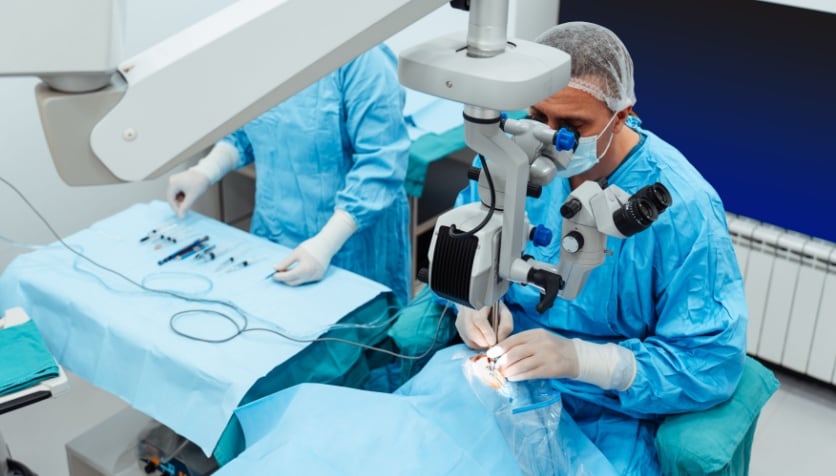
Learn what can be done if a problem occurs after cataract surgery.
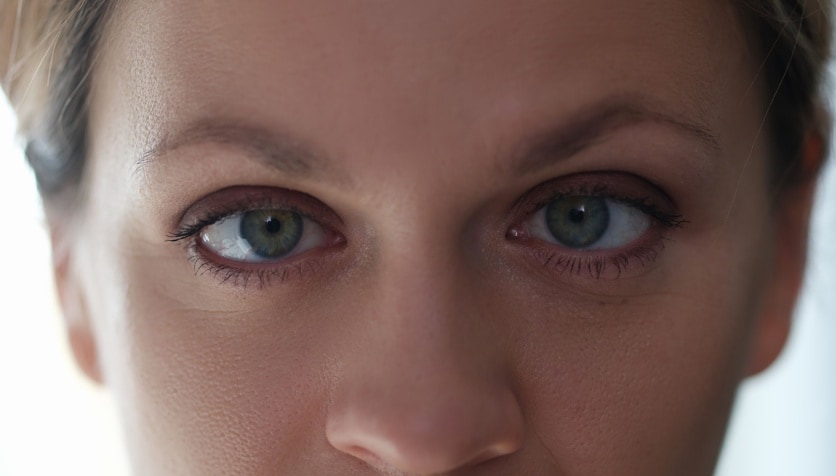
Cataract surgery corrects vision loss caused by a cloudy lens. Can it also correct amblyopia (lazy eye)?

Learn about whether cataract surgery can fix astigmatism from eye surgeon Vance Thompson, MD.

It is imperative to wear sunglasses after cataract surgery, especially immediately following surgery. Hypersensitivity to the sun can last four weeks.
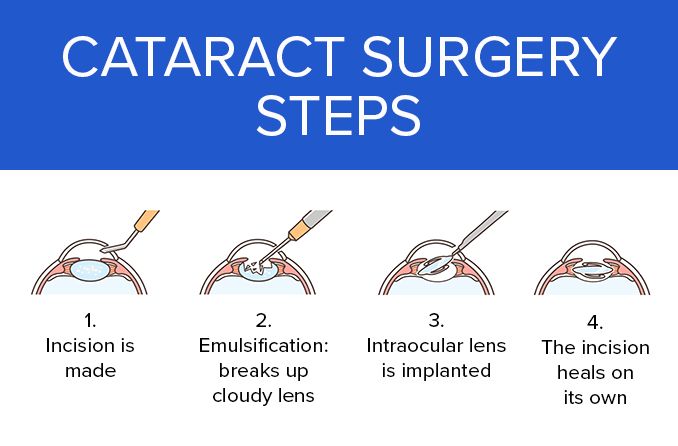
Everything you need to know about cataract surgery. Find out how surgery is done, how to prepare and the risks involved with cataract treatment.
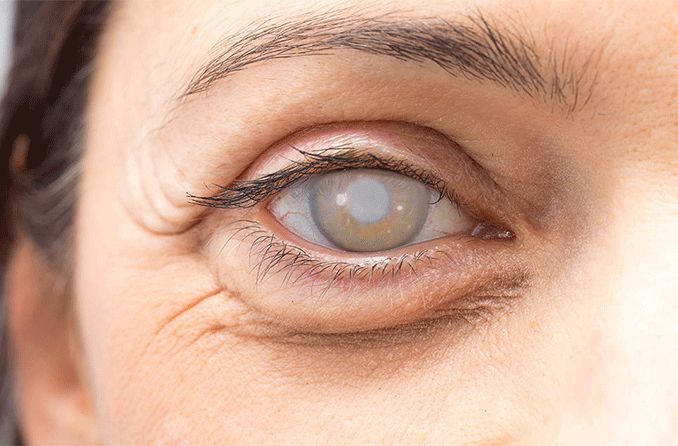
Cataract surgery complications are rare, but they can happen. Learn which side effects are normal and when you should call your eye doctor.
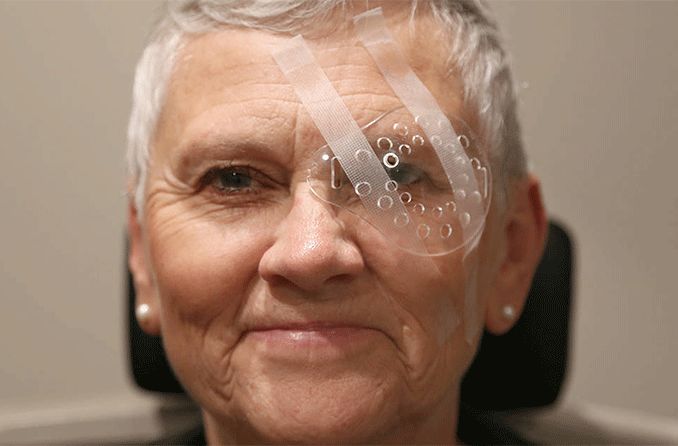
Learn about after cataract surgery recovery including cataract surgery recovery time and tips to get the best outcome by avoiding infections or complications.
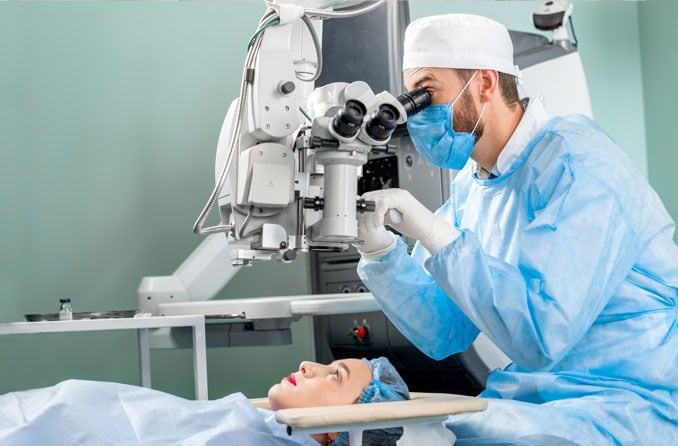
Are you a candidate for cataract surgery? Learn the symptoms that may indicate a need for cataract surgery; what to expect during and after cataract surgery.
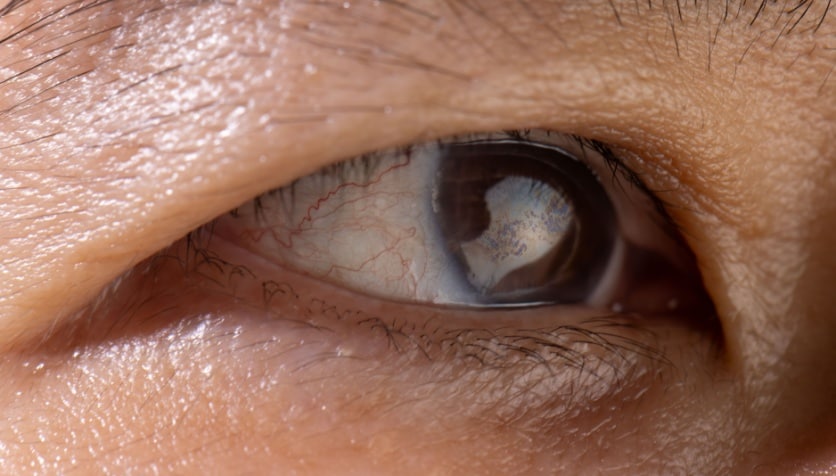
Frequently asked questions (FAQ) about cataracts and cataract surgery.

Medicare covers cataract surgery costs when it's
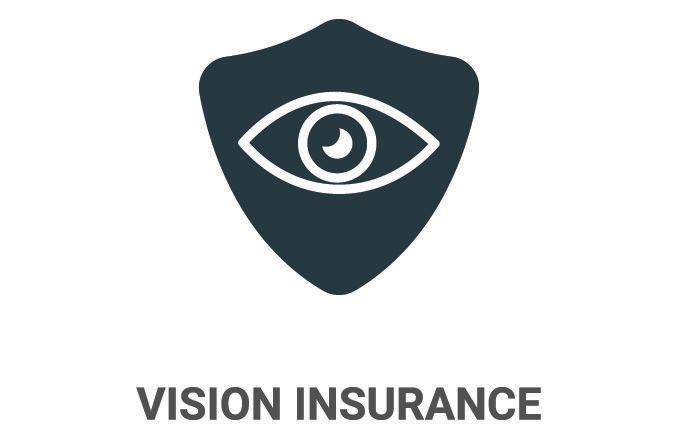
Insurance does cover cataract surgery if you meet certain requirements. Here's how to qualify — and keep your out-of-pocket costs as low as possible.

What does cataract surgery cost? Read our price guide to find what cataract surgery costs and what is covered, either partially or completely, by insurance.
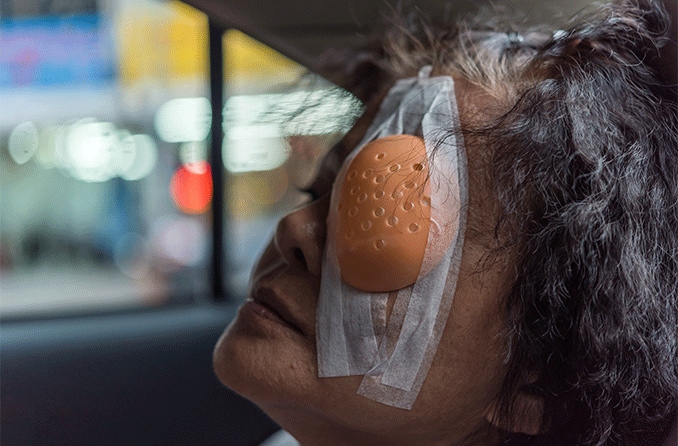
You can't drive yourself home, but you may be able to drive the day after cataract surgery. Here's what your doctor will check before clearing you to drive.
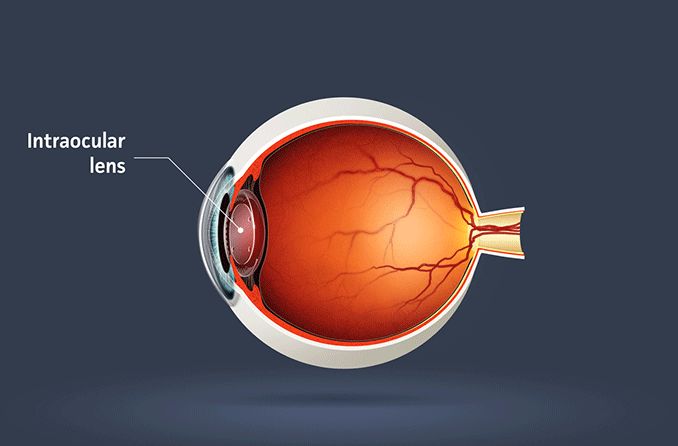
An intraocular lens (IOL) is an artificial lens that can replace the natural one inside your eye. Learn how IOLs can help cataracts and refractive errors.
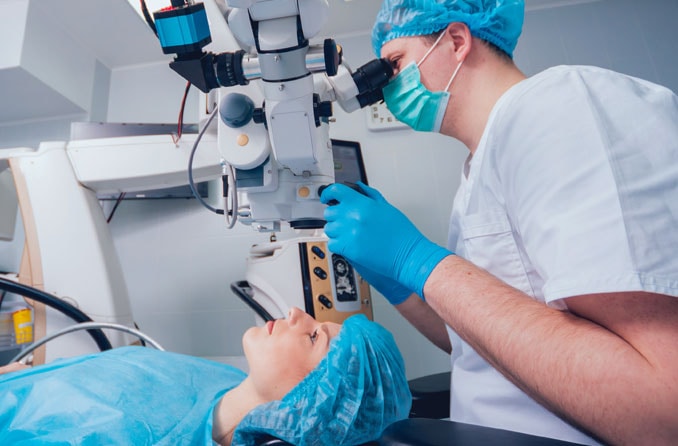
Laser cataract surgery uses lasers instead of handheld tools during certain parts of the procedure. Find out who could benefit most from this modern surgery.
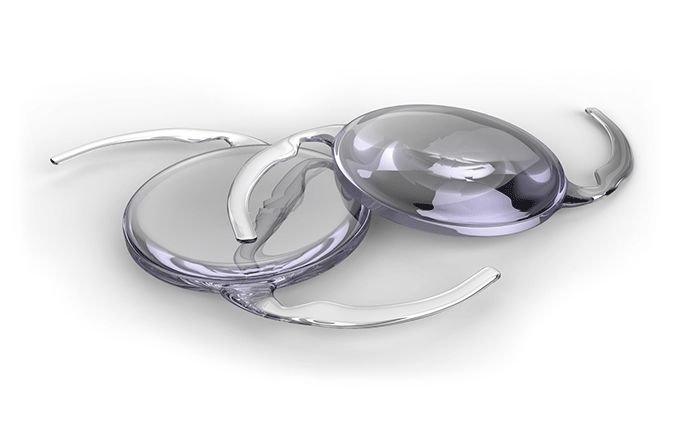
Monovision cataract surgery replaces the natural lens with an intraocular lens (IOL) that corrects for distance in one eye and for near in the other eye.
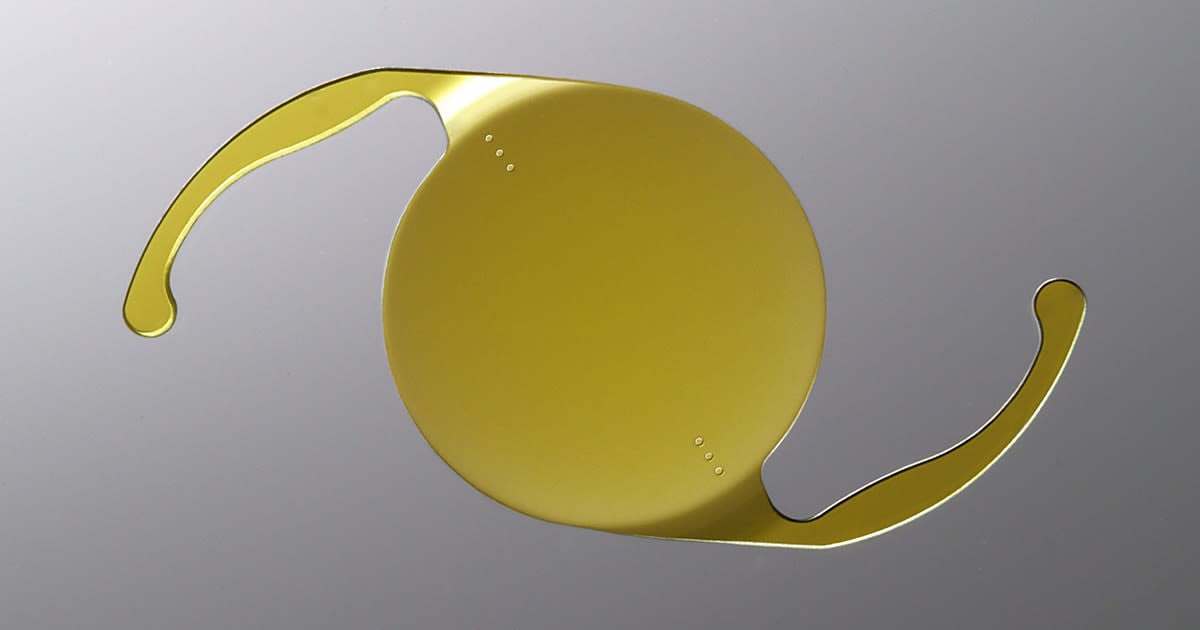
Learn how multifocal intraocular lenses (IOLs) like AcrySof IQ ReSTOR and Tecnis Multifocal IOL can reduce your need for glasses after cataract surgery.
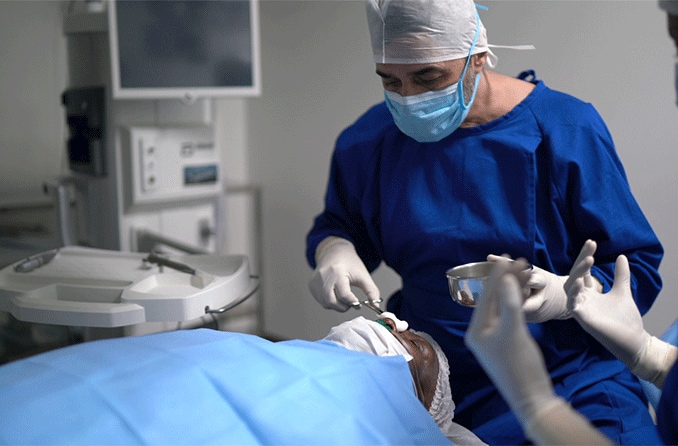
Posterior capsular opacification is also known as a

Vision after cataract surgery 20 20, a cataract surgeon describes how his own cataracts convinced him to undergo surgery for cataracts sooner rather than later.

Here's how to know when it's time to have cataract surgery.
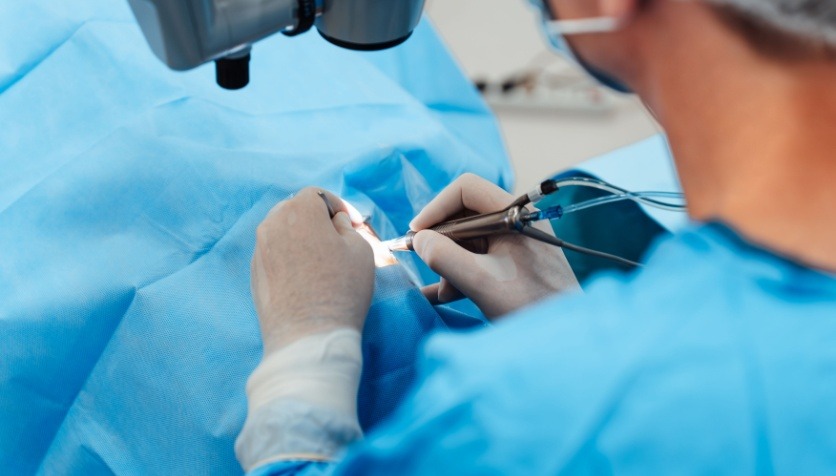
Some people may need to avoid or postpone cataract surgery because of certain medical conditions. What are they?

Cataract surgery may be able to reduce or eliminate your need for eyeglasses. Find out more.
All About Vision and AllAboutVision.com are registered trademarks of AAV Media, LLC. © 2000-2025 AAV Media, LLC. The content on this site is for informational purposes only. All About Vision does not provide medical advice, diagnosis or treatment. Contact an eye doctor if you need medical attention.